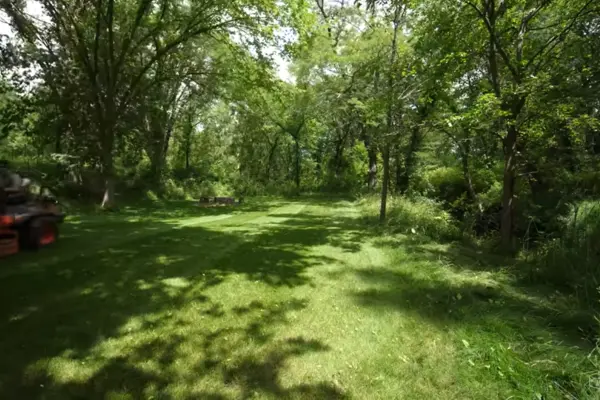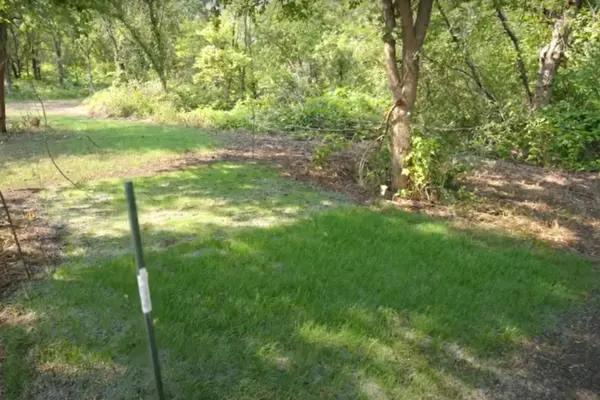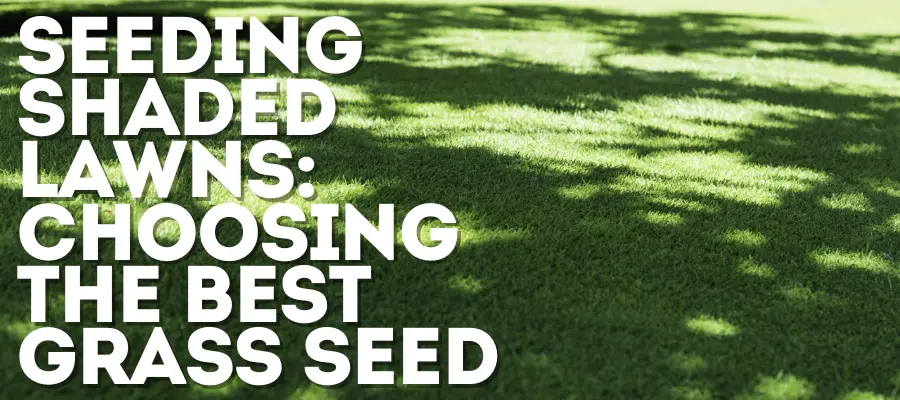Keeping a lawn green and healthy can be tough when your yard is shaded. Grass needs sunlight to grow well, but shaded areas get less light.
This lack of sunlight makes it hard for grass to grow strong and healthy, leading to patchy and thin spots.
In this article, we’ll talk about how to choose the right grass Seeding Shaded Lawns and how to help your lawn thrive even with less sunlight.
Choosing the Right Grass Seed for Shaded Areas

The first step in seeding a shaded lawn is picking the right type of grass seed. Different grasses handle shade differently, so choosing the right one is key to a healthy lawn.
Why Grass Type Matters
Not all grasses can grow well in the shade. Some are better at handling low light, while others need full sun. Choosing the wrong type can lead to poor growth and a lawn that doesn’t look good.
Even shade-tolerant grasses need some light, so it’s important to know what kind of shade you have—whether it’s full shade, partial shade, or dappled shade.
Best Grass Varieties for Shaded Areas
Here’s a list of the best grass types for shaded lawns:
1) Fine Fescue (Festuca spp.)
Shade Tolerance: High
Growth: Fine fescue is very good in the shade. It has thin, needle-like blades and forms a thick lawn. It also has deep roots, so it can handle drought.
Maintenance: It needs less mowing and fertilizing. It’s perfect for areas with very little sunlight, like under large trees or buildings.
Varieties: Chewings fescue, creeping red fescue, and hard fescue are great choices.
2) Kentucky Bluegrass (Poa pratensis)
Shade Tolerance: Moderate
Growth: Kentucky bluegrass is often used for sunny lawns, but some types can handle moderate shade. It has a soft texture and a rich green color.
Maintenance: Needs regular watering and fertilizing. Best in places with morning sun and afternoon shade.
Varieties: ‘Midnight’ and ‘Bewitched’ are better for shaded areas.
3) Perennial Ryegrass (Lolium perenne)
Shade Tolerance: Moderate
Growth: This grass grows quickly and forms a dense, durable lawn. It’s good for filling in bare spots.
Maintenance: Needs more frequent mowing and watering. Suitable for areas with partial shade.
Varieties: ‘Manhattan’ and ‘Brightstar SLT’ are good options.
4) Tall Fescue (Festuca arundinacea)
Shade Tolerance: Moderate to High
Growth: Tall fescue is resilient and has deep roots. It can handle both sun and shade and is good for various soil types.
Maintenance: Requires less watering once established but benefits from periodic fertilization.
Varieties: ‘Rebel IV’ and ‘Titan RX’ are popular choices.
Mixing Seeds for Best Results
Sometimes, using a mix of different grass seeds works best. This way, your lawn can handle various light conditions better. Many seed blends are designed for shaded lawns, combining different grasses to make a stronger lawn.
Example Seed Mix for Shaded Areas:
| Grass Type | Percentage in Mix | Benefits |
|---|---|---|
| Fine Fescue | 50% | High shade tolerance, low maintenance |
| Kentucky Bluegrass | 30% | Adds color and texture, moderate shade tolerance |
| Perennial Ryegrass | 20% | Quick establishment, dense turf |
Challenges of Growing Grass in Shade
Shaded areas present special challenges that need specific solutions.
Light Availability
Grass needs sunlight to grow. Shade-tolerant grasses still need some light to stay healthy. You can increase light by pruning trees or shrubs to let more light through.
Soil Compaction
Soil under trees can become compacted, making it hard for grass roots to grow. Aerating the soil can help by improving air and water flow.
Moisture Management
Shaded areas might have too much moisture or become dry due to tree roots. Monitor soil moisture and water early in the day to avoid creating a damp environment that promotes diseases.
Temperature Fluctuations
Shaded areas can be cooler in spring and fall, which can slow down growth. During hot summer months, they can provide a cooler environment for the grass.
Competition from Tree Roots
Tree roots compete with grass for water and nutrients. You can reduce competition by mulching around tree bases and watering more frequently.
Best Practices for Seeding and Maintaining Shaded Lawns

After choosing the right seed and understanding the challenges, follow these tips for seeding and maintaining your shaded lawn.
Proper Seeding Techniques
Prepare the Soil: Remove debris and aerate if needed. Adding compost or topsoil improves soil quality.
Timing: Seed in early fall or late spring for the best results.
Seed Rate: Follow the package instructions to avoid overcrowding.
Watering: Keep the soil moist until the grass grows. Water lightly and frequently at first.
Fertilization and Soil Health
Use Slow-Release Fertilizer: Provides nutrients over time and reduces runoff.
Test the Soil: Regular soil tests help you understand nutrient needs.
Apply Sparingly: Apply fertilizer in spring and fall, and avoid over-fertilizing.
Mowing and Maintenance
Mow Higher: Keep grass at 3-4 inches to maximize light capture.
Mow Less Often: Grass in the shade grows more slowly. Mow when necessary, and avoid cutting more than one-third of the blade at a time.
Mulch Clippings: Leave clippings on the lawn to return nutrients to the soil and help retain moisture.
Dealing with Common Issues
Moss Control: Improve drainage, reduce soil acidity, and ensure proper nutrients.
Fungal Diseases: Water in the morning and avoid over-watering. Improve air circulation by thinning vegetation around the lawn.
Long-Term Care for Shaded Lawns
Maintaining a shaded lawn takes ongoing care. Here’s a seasonal guide:
Spring: Apply slow-release fertilizer and overseed thin areas. Prune trees if needed.
Summer: Monitor soil moisture, water deeply but infrequently, and check for diseases or pests.
Fall: Ideal time for overseeding and fertilizing. Rake leaves to avoid blocking light.
Winter: Minimize foot traffic and consider applying a winter fertilizer.
Regular Monitoring and Maintenance
Keep an eye on your lawn for any signs of stress, like thinning or discoloration. Address problems quickly to keep your lawn healthy.
Example Maintenance Schedule:
| Task | Frequency | Details |
|---|---|---|
| Mowing | Weekly/Biweekly | Mow at 3-4 inches, depending on growth rate. |
| Watering | As Needed | Keep soil moist but avoid overwatering. |
Conclusion
Seeding a shaded lawn can be challenging, but with the right approach, you can achieve a lush, healthy lawn even in areas with less sunlight.
By choosing the appropriate grass seed, understanding the unique challenges of shaded areas, and following best practices for seeding and maintenance, you can create a vibrant lawn that enhances your outdoor space.
Regular care and attention to the specific needs of shaded grass will ensure that your lawn remains beautiful and resilient throughout the seasons. Happy seeding!

